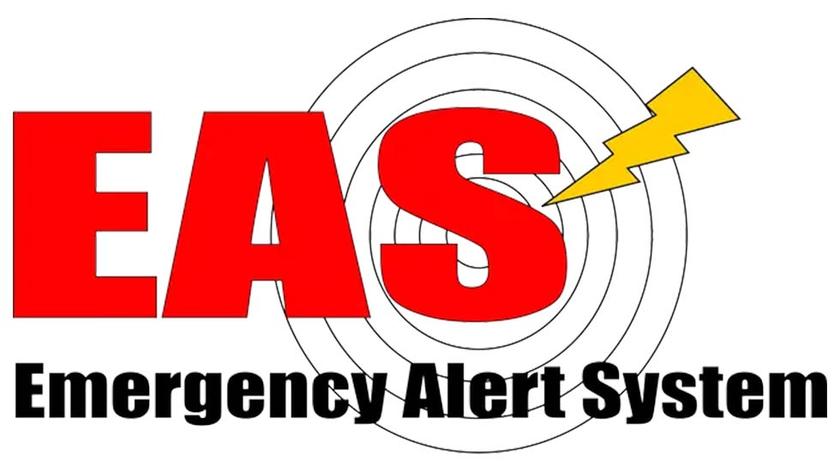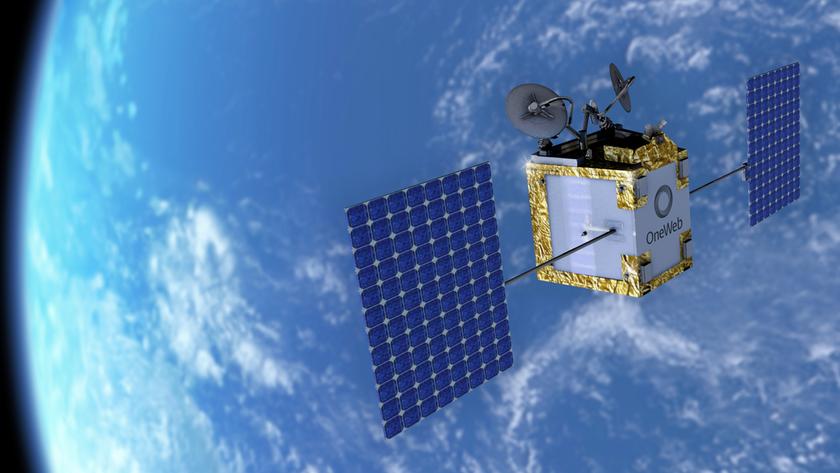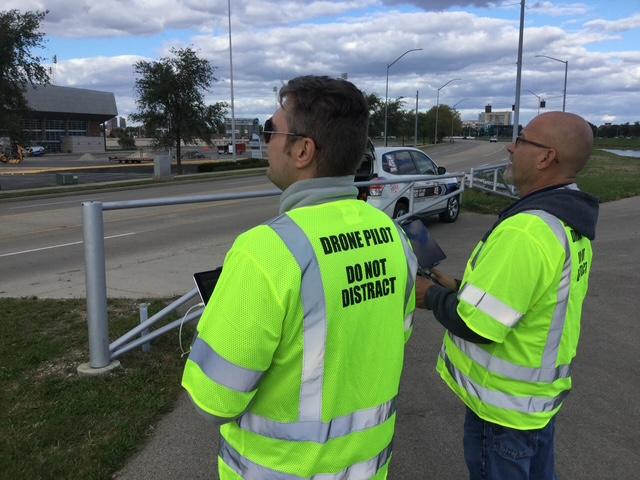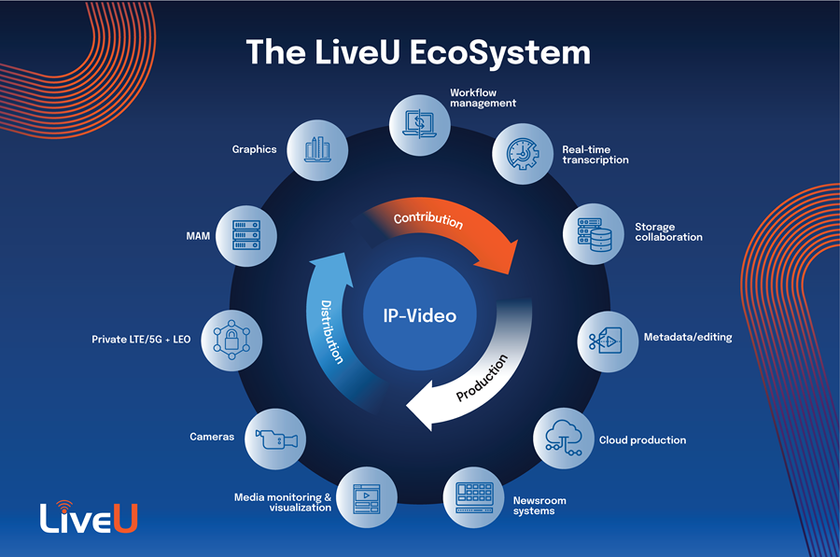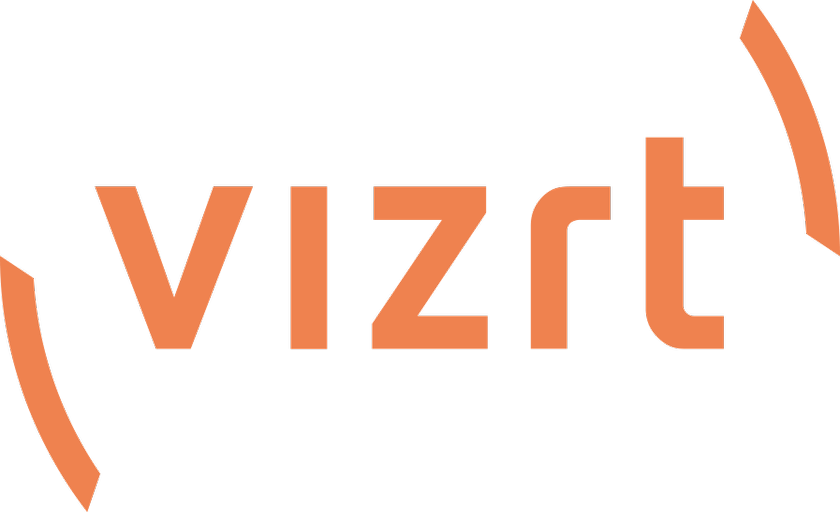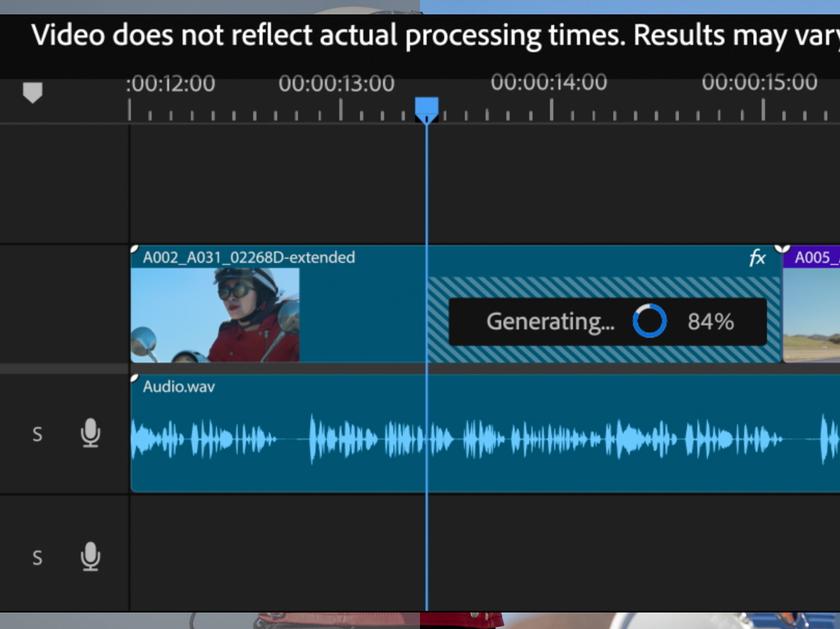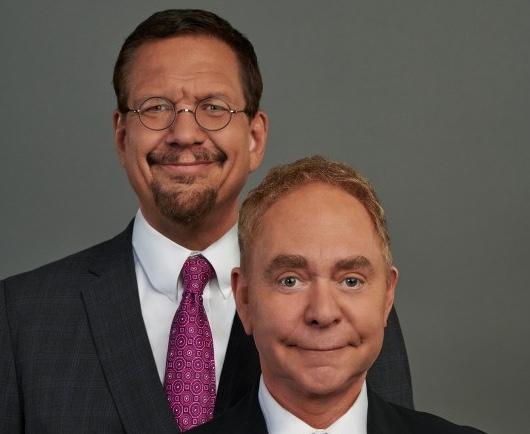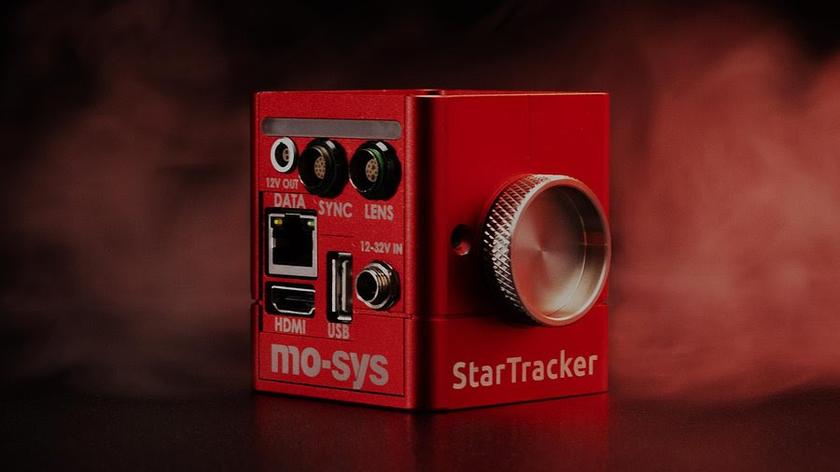Hyperlocal may be overhyped
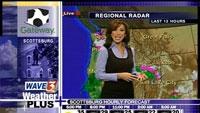
The latest buzzword for broadcasters trying to create a niche in the new digital TV era is hyperlocal. We’ve recently heard it stated that the new mobile video services being proposed by stations using the ATSC’s soon-to-be-approved Mobile/Handheld standard (A/153) will only be successful if so-called hyperlocal content — news, sports and weather — is part of the business model.
News departments also tout, on-air as well as online, that their coverage of market-specific neighborhoods is localized to the point of being hyperlocal. (Isn’t that how they should have been covering the news all along?)
NBC’s New York flagship station WNBC-TV is working on plans to launch a 24-hour hyperlocal cable news channel. It’s designed to be a new model for local news based on the idea that if you’re paying a news staff to be on duty 24/7 in order to gather material for three or four newscasts a day, why not go around the clock with programming. The station has turned its newsroom into what it’s calling a “local content center,” that supplies content to TV, the Web and mobile devices. A handful of other NBC-owned stations, including Los Angeles’s KNBC-TV and Chicago’s WMAQ are following WNBC’s lead.
Hyperlocalism is claimed to be the one attraction for viewers that local stations offer to combat national network and cable news coverage. But is it enough to really attract more eyeballs?
Forrester, the research firm, conducted a new study entitled “Is Hyperlocal Hype or Happening?” that shows more consumers care about what’s happening in their country than what’s happening in their neighborhood. In addition, there appears to be a disconnect between the sources consumers rely on for local news and information versus those they go to for business listings.
The study also claims that older consumers place more value on hyperlocal news than younger consumers do. For broadcasters trying to reach younger demographics with online and mobile services, this could be a problem.
To be successful, companies looking to dominate the hyperlocal space will need three key assets, according to Forester: low-cost, community-generated content; an agile human sales force paired with smart ad sales automation; and mastery of the mobile channel, which drives local offline interactions.
Get the TV Tech Newsletter
The professional video industry's #1 source for news, trends and product and tech information. Sign up below.
However, the strategy is not failsafe. One example of a hyperlocal service that tried and failed was NBC Universal’s Weather Plus digital subchannel. After purchasing the Weather Channel in July of 2008, NBC Universal shut down the Weather Plus service in October after four years of operation. The service was supposed to be a way for stations to generate new revenue by multicasting on their digital spectrum on subchannels. This is in addition to the main TV channel.
Following years of low ratings and few advertising returns, NBC and the NBC Television Affiliates Association Board decided to dissolve the service. At the time, 10 NBC O&Os and 80 affiliates were participating in the Weather Plus initiative. In a statement NBC Universal alluded to “ongoing financial and distribution challenges facing Weather Plus [that] made the venture no longer feasible.”
With few other options in a tough economy and fierce competition, independent TV station (and newspaper) owners across the country are staking their on-air, online and mobile service future on this idea of hyperlocalism. Forrester’s research suggests that broadcasters need to make local content more attractive to their audience or risk losing them further. That could mean providing individually customized content in an easily consumed way.


